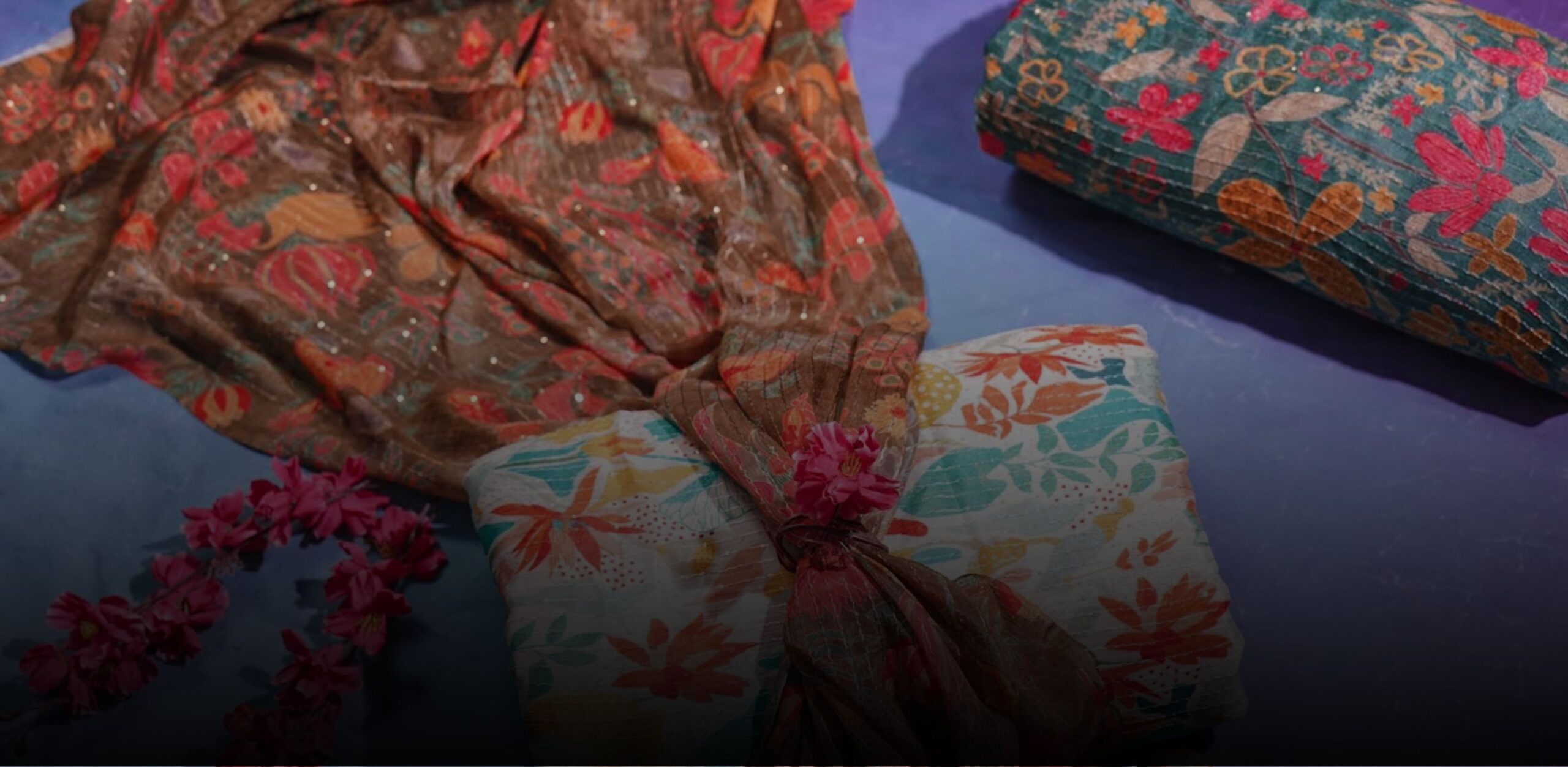The textile and clothing industry (T&C) contributes significantly to the Indian economy, accounting for 2% of the country’s GDP and 7% of industrial production. The industry accounts for 12.15 percent of total exports and employs around 45 million people globally (5.03 percent in textiles and 7.54 percent in clothing).
The growth in domestic textile demand, which may be divided into the Household Sector and the Non-Household Sector, has been very beneficial to the Textile and Garment Industry. In the textile sector, demand from residential clients accounts for about 53.39 percent of total demand.
Since 1969, Textile Committed has published an annual study titled “Market for Textiles and Apparel (MTC),” which contains an analysis of domestic textile and clothing demand. This report’s data comes from the Household panel, which is surveyed every other month. The study and its findings are incorporated in the final Annual Report.
The Textiles Committee’s annual report for 2017 titled Market for Textiles and Clothing (MTC): National Household Survey was just made public. According to the study results, market size in 2017 and 2018, as well as domestic demand in 2015 and 2016, are anticipated.
The following are the most notable findings from the 2017 National Household Survey on the Textiles and Clothing Market (MTC):
Private home use of textile items in the United States, first:
On a global basis, the textile and garment market has risen significantly in recent years. According to the investigation’s results, 53.39 percent originated from residences. The value of exports increased to 146.63 billion US dollars in 2016 from 145.71 billion US dollars in 2015. Also, this figure is expected to rise to 164 billion US dollars by 2018. While the home sector provided USD 78.28 billion in 2016, exports contributed just USD $35.43 billion to the total USD 146.63 billion. The Non-Household industry was only responsible for USD 32.91 billion in sales.
Second, the entire needs of a family in terms of textiles and clothes, both in number and quality:
Global textile and garment demand climbed to 41.06 billion meters in 2016, up from 38.54 billion meters the previous year. This is a 6.55 percent increase year over year. Demand is expected to expand at a compound annual growth rate (CAGR) of 5.34 percent from 2011 to 2018. Eventually reaching a total of 45.32 billion meters in 2018.
From 2015 to 2016, the value of demand climbed by 7.74 percent, rising from Rs.4883.57 billion to Rs.5261.53 billion. This sum is higher than the previous year’s record of Rs.4883.57 billion. We expect demand to reach Rs. 6204.02 billion by 2018, representing a CAGR of 9.54% between 2011 and 2018.
Third, household demand for textiles and clothing on an individual basis:
Demand was Rs. 3836.13 per person in 2015, but climbed to Rs. 4081.60 per person in 2016, showing a 6.40 percent rise. It is expected that demand would grow by Rs 4,762.90 in 2018. (at a rate of expansion equal to 8.53 percent on an annualized basis from 2011 to 2017).
In terms of numbers, annualized textile consumption per person went from $30.27 to $31.85 in 2016, and this figure is expected to rise to $34.58 per person in 2018. (With a compound annual growth rate of 4.30 percent from 2011 to 2017).
In the 2015-2016 period, textile consumption increased by 1.58 meters per person due to an increase in demand. Urban areas, in particular, have experienced a 6.91 percent rise in demand, which is much greater than the 6.01 percent growth witnessed in rural areas.
In a nutshell, the following statistics are relevant:
Cotton fiber consumption increased by 4.28 percent between 2015 and 2016, rising from 16.51 billion meters to 17.22 billion. It is expected that the market would consume 19.29 billion meters in 2018.
The total demand for synthetic fiber in 2016 was 23.34 billion meters. An increase from the previous year’s total of 21.60 billion meters. Demand is expected to reach a total of 25.46 billion meters by 2018, representing an annual growth rate of 8.04 percent.
The total global demand for silk items increased to 0.34 billion meters in 2016, up from 0.27 billion meters the previous year. This increase is expected to reach 0.37 billion meters by the year 2018.
Overall demand for wool-based textiles increased to 0.16 billion meters in 2016, up from 0.15 billion meters the previous year. The annual growth rate is 8%, and it is expected that demand will reach 0.20 billion meters in 2018.
It is estimated that 56.83% of the 41.06 billion million meters of textiles used worldwide in 2016 were synthetic or blended/mixed. Following cotton textiles are pure silk textiles (0.84%), followed by woolen textiles (41.94%). (0.39 percent). Synthetic fiber products are far more popular than natural fiber products. This requirement is becoming more common and accounts for a sizable portion of total consumer expenditure spent inside the home.




















